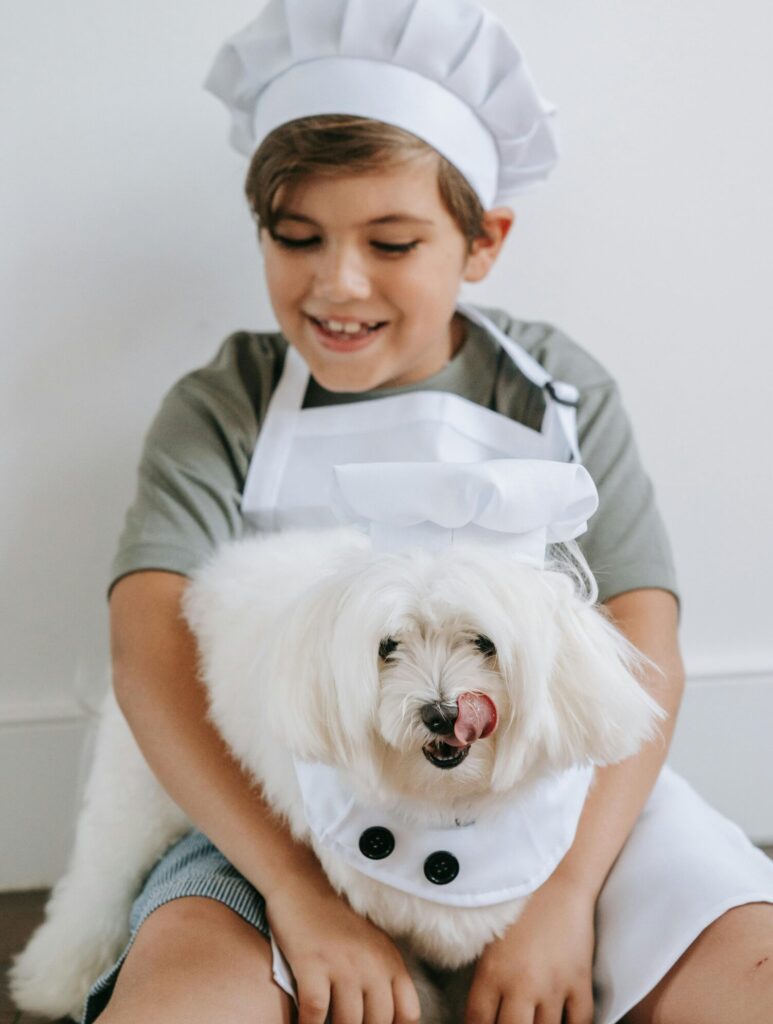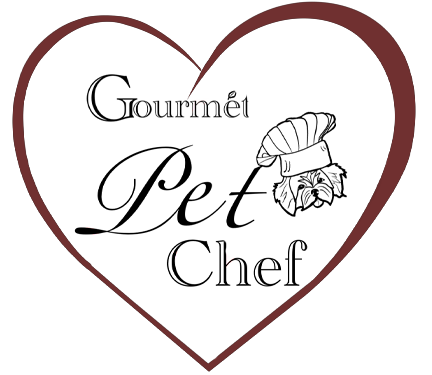Keeping your dog hydrated may be a no-brainer: keep the water bowl full. But when you dig a little deeper, you realize that hydrating a dog effectively takes more than a splash of water.
Just like with humans, hydration is about forming habits, maintaining a balanced diet, and being aware of your water intake.
And when it comes to our four-legged companions, even a mild case of dehydration can cause fatigue, and it can lead to kidney issues, digestive problems, and a general drop in energy or mood.
So, how can you make sure your dog is getting the hydration they need?
Let’s walk through 6 vet-approved steps that are practical, effective, and easy to implement.
Always Provide Fresh, Clean Water
Start with the basics, but do them right. Dogs are surprisingly picky when it comes to the taste and smell of water. If their bowl has been sitting out all day collecting dust, drool, or the occasional stray kibble, they might just skip it altogether.
Cleaning the water bowl daily is a simple habit that makes a big difference. Use hot water and a gentle, pet-safe dish soap to prevent the buildup of bacteria and biofilm.
Even better, consider switching to stainless steel or ceramic bowls. These materials are more hygienic than plastic and won’t retain odors or scratches where bacteria can hide.
If your dog still avoids the water, try offering filtered or bottled water, especially if your tap water is heavily chlorinated or has a strong mineral taste. You’d be surprised how many dogs are sensitive to it.
Add Moisture to Their Meals
If your dog eats only dry kibble, they may be missing out on a significant source of hydration. Kibble contains roughly 10% moisture, while fresh or canned food ranges from 70% to 80%. That’s a massive difference, especially for dogs who aren’t enthusiastic drinkers.
There are easy ways to bridge the gap. You can mix warm water or low-sodium bone broth into their kibble to create a gravy-like texture that most dogs love.

Broth is especially helpful because it adds flavor and minerals without artificial ingredients. Just make sure to check the label; some broths contain onion or garlic, which are harmful to dogs.
Another smart approach? Add hydrating fruits and vegetables to your dog’s meals. Dog-safe options include cucumber slices, watermelon (in moderation and seedless), cantaloupe, and zucchini.
These provide both hydration and natural vitamins, making your dog’s diet more nutritious overall.
Use a Pet Fountain to Encourage Drinking
Some dogs are instinctively drawn to running water. In fact, in the wild, flowing water is generally safer and cleaner than stagnant pools.
Pet fountains tap into that instinct. They keep water moving, which helps keep it cooler, fresher, and more appealing.
Pet fountains come in a variety of sizes and styles, and many include filters to remove impurities. They’re especially useful for multi-pet households, picky drinkers, and senior dogs who need a little extra encouragement to stay hydrated.
Plus, let’s be honest, some dogs just love novelty. A bubbling fountain on the floor? That’s basically an interactive toy with health benefits.
Offer Ice Cubes or Frozen Treats
If your dog isn’t a fan of the water bowl, frozen treats are a sneaky and fun way to sneak in hydration. Ice cubes are great on their own, especially in hot weather or after playtime.
Some dogs even treat them like toys, chasing them around before settling down to chew.
Want to take it up a notch? Try freezing low-sodium broth into cubes, or blend water with dog-safe fruits like blueberries or strawberries, pour the mixture into molds, and freeze.
These make perfect post-walk cool-down treats and are ideal for summer months when dogs are at higher risk of overheating.
Another tip: You can freeze some of your dog’s meals or treats into silicone molds and serve them as “pupsicles.” They’re fun, cooling, and hydrating all at once.
Hydrate During and After Exercise
Dogs lose moisture faster than humans during physical activity, even if they don’t sweat the same way. Instead of sweating, dogs regulate temperature through panting, and panting expels moisture rapidly.
That’s why it’s crucial to bring water with you when walking, running, hiking, or heading to the park.
Collapsible silicone bowls or dog water bottles with built-in bowls are easy to carry and incredibly handy.

Offer small sips during rest breaks instead of waiting until the activity is over. This helps prevent excessive thirst or gulping, which can sometimes lead to vomiting or bloating.
After exercise, encourage your dog to drink slowly and monitor their energy levels. Dogs who overdo it in the heat may show signs of overheating or fatigue. Always err on the side of caution and don’t force more play if they seem tired.
Integrating hydration into your dog’s activity routine helps you stay ahead of dehydration instead of playing catch-up.
Watch for Signs of Dehydration (And Act Quickly)
Even with all the right steps, dogs can still become dehydrated. It’s especially common during summer, illness, or stress. The key is catching it early before it becomes dangerous.
Keep an eye out for:
- Dry or pale gums
- Lethargy or uncharacteristic tiredness
- Excessive panting
- Sunken eyes or dry nose
- Loss of skin elasticity (gently pinch the skin on the back of their neck—if it doesn’t snap back, they may be dehydrated)
If you notice one or more of these signs, offer water immediately. If your dog won’t drink or continues to show symptoms, don’t delay; contact your vet.
Dehydration can become an emergency quickly, especially in puppies, seniors, or dogs with underlying health conditions.
In more severe cases, your veterinarian may need to administer fluids under the skin or through an IV to stabilize your dog.
Hydration Is a Daily Wellness Habit
The best part about hydrating a dog? Once it becomes part of your routine, it’s almost effortless.
With a clean water bowl, some moisture in their meals, and a few frozen treats on hot days, you can protect your pup from the risks of dehydration all year long.
Proper hydration supports digestion, joint health, temperature regulation, and kidney function. It can even impact mood and energy levels. Dogs that are well-hydrated are often more alert, more playful, and more comfortable in their bodies.
At Gourmet Pet Chef, we believe wellness starts with the basics, and hydration is one of the most foundational steps.
That’s why our fresh dog food contains the natural moisture dogs need, without any artificial fillers or preservatives that could throw off their balance.
Pair a nutritious diet with hydration-friendly habits, and your pup’s tail will be wagging in gratitude every single day.
Contact us today, and give your dog the fresh, hydrating nutrition they deserve!
 Skip to content
Skip to content


